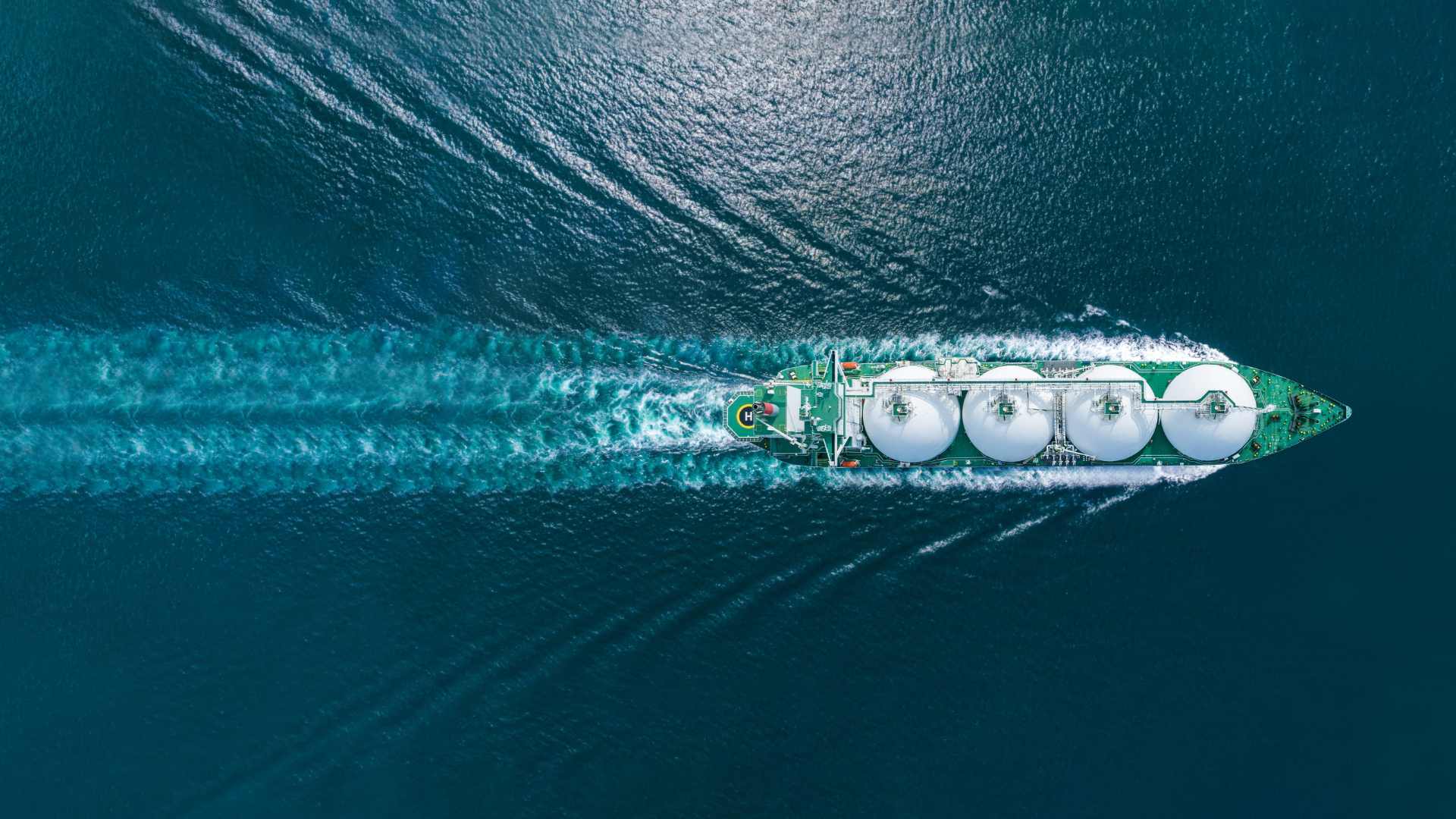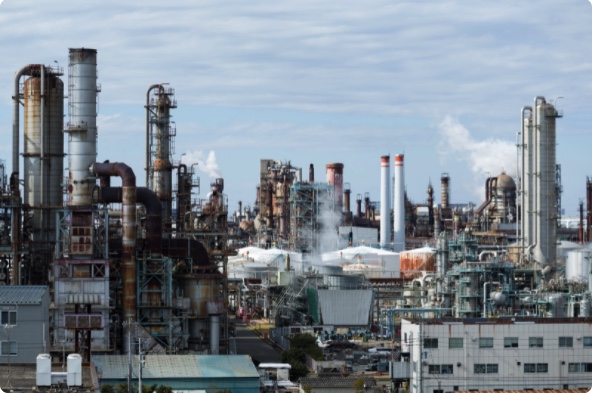
Private equity firms continue to invest in liquified natural gas globally despite economic and political volatility
July 29, 2025
Recent plans for “energy dominance” coming from the White House are both stoking the flames of chaos and reducing confidence from investors and policymakers in the future of energy prices, as oil prices have fallen by over 20% since President Donald Trump’s second term. As the US LNG export market gets caught in the administration’s trade war with China, tariffs on steel, aluminum, and other building materials are anticipated to increase project costs. Despite these uncertainties, the private equity industry has shown no signs of slowing down investments in the risky LNG industry.
The unpredictability of the current LNG market was highlighted in a recent analysis by the Institute and Energy Economics and Financial Analysis (IEEFA) of Venture Global’s most recent quarterly 8-K SEC filing. Venture Global is one of the largest LNG developers with 4 US LNG export terminals in its portfolio. IEEFA’s analysis showed that Venture Global struggled to forecast its financial performance just one quarter ahead to 2025 Q2, attributed to erratic fluctuations in domestic and global LNG prices. The report suggests this underperformance may highlight a larger issue with the current state of the industry – “the uncertainty discussed in this analysis suggests that significant caution is needed regarding the timing and scale of new LNG export projects to avoid capital misallocation on ventures that may underperform. Ultimately, this analysis underscores that the LNG market’s future—both in terms of LNG demand and LNG pricing—remains highly uncertain, with feedstock price volatility as the only consistent expectation.”
In addition to unpredictable gas price fluctuations, the current administration’s push for natural gas dependency is misaligned with the dire need to reduce carbon emissions, and the industry’s continued investment in new LNG terminals is not aligned with projections for peak natural gas. The Energy Information Administration (EIA) predicts US natural gas output will peak in 2032. It takes on average 4 years to fully permit an LNG terminal and about 3-5 years to build. New projects looking for financing today will be coming online right as natural gas output peaks and would face an unknown political environment and global economic market. Despite this, private equity continues to invest in new proposed LNG export terminals. From December 2024 to April 2025, there were 5 new private equity acquisitions for proposed terminals.
Alaska LNG Deal with Glenfarne Group
Alaska LNG, a proposed LNG export terminal in Alaska, has been in planning and development under the State of Alaska-owned Alaska Gasline Development Corporation (AGDC) for more than 10 years and recently received a 75 percent equity commitment from Glenfarne Group in March. The project is one of the most expensive proposed fossil fuel projects in the country, with a whopping $44 billion construction price tag, which has led to private-sector skepticism and a need to seek various forms of taxpayer subsidies.. Recently, U.S. President Donald Trump has voiced support for the project, calling it “truly spectacular” in a speech to Congress this year. He is urging Japan and South Korea to invest in the project with accompanying threats of higher tariffs if the trade deals don’t suit him. Brendan Duval, CEO and founder of Glenfarne Group, along with US officials and the Alaska Governor, recently visited Korea to meet with potential investors. The Korean Times reported that Duval categorized concerns about the feasibility and cost of Alaska LNG as “outdated” during the visit. Other Korean news outlets have reported that the government in Seoul is “mulling the country’s potential participation in the project” to negotiate tariffs and other economic issues with Washington. Glenfarne Group’s alignment with the Trump administration was on full display at CERAWeek, where Duval spoke about Alaska LNG as part of the administration’s geopolitical goals in the region and LNG being important “if we want to dominate that area from a military standpoint”.
Some outside experts don’t share the same optimism as Glenfarne Group and the White House. Alex Munton, head of global gas and LNG research at Rapidan, an independent energy market, policy, and geopolitical analysis firm in Washington, DC, told CNBC that Alaska LNG “doesn’t have clear-cut commercial logic. If it did, it would have had a lot more support than it has thus far, and this project has been on the planning board for literally decades.”
Munton also said that the project will likely need some public funds to bring the project to life. A 2025 Friends of the Earth report estimates that the project could be eligible for a $30 billion federal loan guarantee and $5-7 billion in tax credits, which US taxpayers could be left paying for if economic headwinds or market uncertainties affect the feasibility of the project.
Woodside Louisiana LNG Deal with Stonepeak
About nine months after Woodside Energy Group (Woodside) acquired Tellurian and its Driftwood LNG project, the project, now named Louisiana LNG, received a 40% equity acquisition from Stonepeak via the fund Stonepeak Wallaby I Acquiror LP.
Despite this financing deal and FID announcement, Woodside recently requested an extension from FERC to push completion of the first phase of the project to December 31, 2029. Part of Woodside’s reasoning is to support additional equity sell-downs and securing offtake agreements. This request comes about a month after the company expressed concerns about the impacts of international trade tariffs on the project. Woodside CEO Meg O’Neill said “Louisiana LNG has a Foreign-Trade Zone, enabling the project to defer payment of tariffs until completion of each LNG train. We are assessing the potential impacts of recent tariff announcements and potential further trade measures on Louisiana LNG. Around 25% of Louisiana LNG’s estimated capital expenditure is equipment and materials, approximately half of which is currently expected to be sourced from the US”, in the company’s 2025 first quarter report.
Lake Charles Deal with EIG’s MidOcean Energy
In April 2025, Lake Charles LNG developer, Energy Transfer, announced the company entered into a Heads of Agreement deal with MidOcean Energy (MidOcean). MidOcean is a platform company created by the private equity firm EIG to build out the firm’s LNG portfolio. MidOcean is planning to commit 30 percent of the costs to construct Lake Charles LNG and would in turn receive 30% of the LNG produced from the facility.
Lake Charles LNG has been looking for buyers of its proposed LNG supply since 2022 and as of May 2025 the LNG is still short of its FID target, acquiring contracts for 63% of the project’s proposed 16.45 million metric ton/year capacity.
Ksi Lisims LNG Deal with Blackstone
Blackstone Energy Transition Partners (Blackstone) anchored a group of investors that recently financed a $150 million investment in Western LNG. Western LNG is the developer of the Ksi Lisims floating LNG project in British Columbia, BC and the accompanying Prince Rupert Gas Transmission Project. Ksi Lisims LNG is co-owned by Western LNG, the Nisga’a Nation and Rockies LNG, a coalition of Canadian natural gas producers. The proposed LNG terminal is currently undergoing environmental assessments, seeking regulatory approvals, and aiming to reach a final investment decision later this year. Recent IEEFA research finds the project faces infrastructure, regulatory and financial risks.
Santos Deal with Carlyle
Santos, Australia’s second largest gas producer, and financier of three LNG terminals Papua New Guinea LNG, Gladstone LNG , and Darwin LNG announced the company is entering a take-private deal with a consortium of investors. ADNOC, Abu Dhabi Development Holding Company (ADQ), and Carlyle. The consortium successfully completed a $18.7 billion takeover bid for the company in June.
This deal happens as Carlyle is picking up the pace of fossil fuel acquisitions with a recently announced $2 billion partnership with Diversified Energy. Diversified has been described as owning an “empire of dying wells”.
Investors should question further investment in LNG
The risks of the LNG industry to institutional investors predate this Trump administration. However, economic and geopolitical uncertainty undoubtedly creates additional risks to these investments. Economic and geopolitical risks stack on top of the underlying risk that these fossil fuel projects pose to investors.
U.S. pension funds invested in the LNG export industry should engage directly with general partners around how these investments meet long-term goals around sustainability and financial security.
